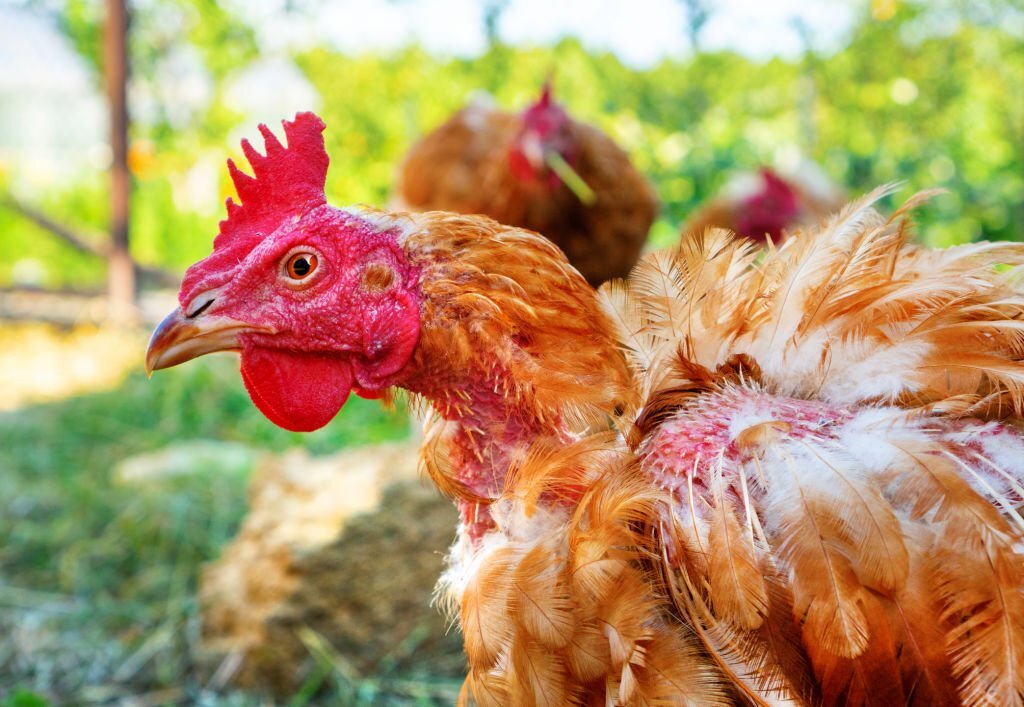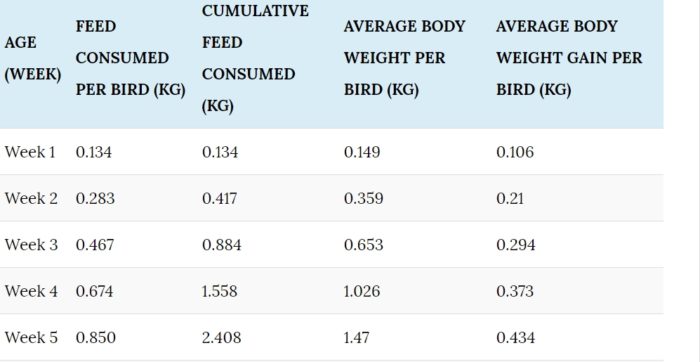Parasites can affect your chicken flock at any time. Your birds should be treated as soon as parasites are spotted to ensure the chickens stay fit and healthy and that parasites don’t spread to the rest of your flock.
Chickens are generally tough and will not require veterinary treatment often. When it comes to parasites, there are many different ones your chickens can get but they are treatable.
Lice and mites are the most common parasites which can affect chickens and are always distressing to chickens. Lice and mites can occur at any time of the year but are more prevalent in the summer months. If chickens have incredibly nasty lice or mite infestation, they can lose their feathers very quickly and this if left untreated could eventually result in death.
Lice
Lice are found on the skin and feathers of chickens with the mites feeding on the scales and feathers. There are different types of lice and the effect they have will depend on what type they are, luckily none of the lice that affect chickens can or do live on humans.
In the summer months, you will need to check your chickens at least once a month for lice around the neck vent and wing areas. If there are lice present you will almost certainly see them as they are large enough to be detected and you may also see clusters of white eggs stuck to the base of the chickens’ feathers.
Treatment involves dousing your chickens with lice powder and then repeating again in a week’s time. This allows for any lingering lice or eggs to be killed off. Even if only a few of your chickens are infested, it is likely that the others will become infested soon after and you must ensure that you treat the whole flock to prevent further outbreaks.
There are three main types of mites. They are the red mites, scaly-leg mites and Northern Fowl mites.
Red Mites
The red mite isn’t easy to detect as it lives in the crevices and corners of chicken coops or pens. Your chickens will be reluctant to go into their coop at night if there is a red mite infestation and nighttime is when the mites will come out and feed on your chickens. The only way to treat red mites is to completely treat the chicken coop and allow it to dry before letting the chickens back in and you will also need to treat your chickens with mite powder.
Northern Fowl Mites
Northern Fowl mites remain on the chickens throughout, unlike red mites which will only transfer onto the chicken when they enter the coop at night. The Northern Fowl mite can live off the chickens for only about one week and can breed very easily. Northern fowl mite is also more prevalent in the winter months which is why it is very important that you check your chickens in the summer and winter months.
Scaly-Leg Mites
Scaly-leg mite infestation is a very uncomfortable condition for chickens. Scaly-leg mites burrow under the scales on the legs and feet of the chicken. The legs can become swollen and the scales on the legs could fall off.
Scaly leg mite is notoriously difficult to treat and it is essential to clean the chicken coop or house thoroughly in order to stop the spread to other chickens. If the chicken coop is not cleaned thoroughly then even after treatment the chickens will be reinfested again. Treatment of scaly leg mites involves using Vaseline on the legs and feet of the chickens and also dipping the legs in surgical spirit twice a week.




